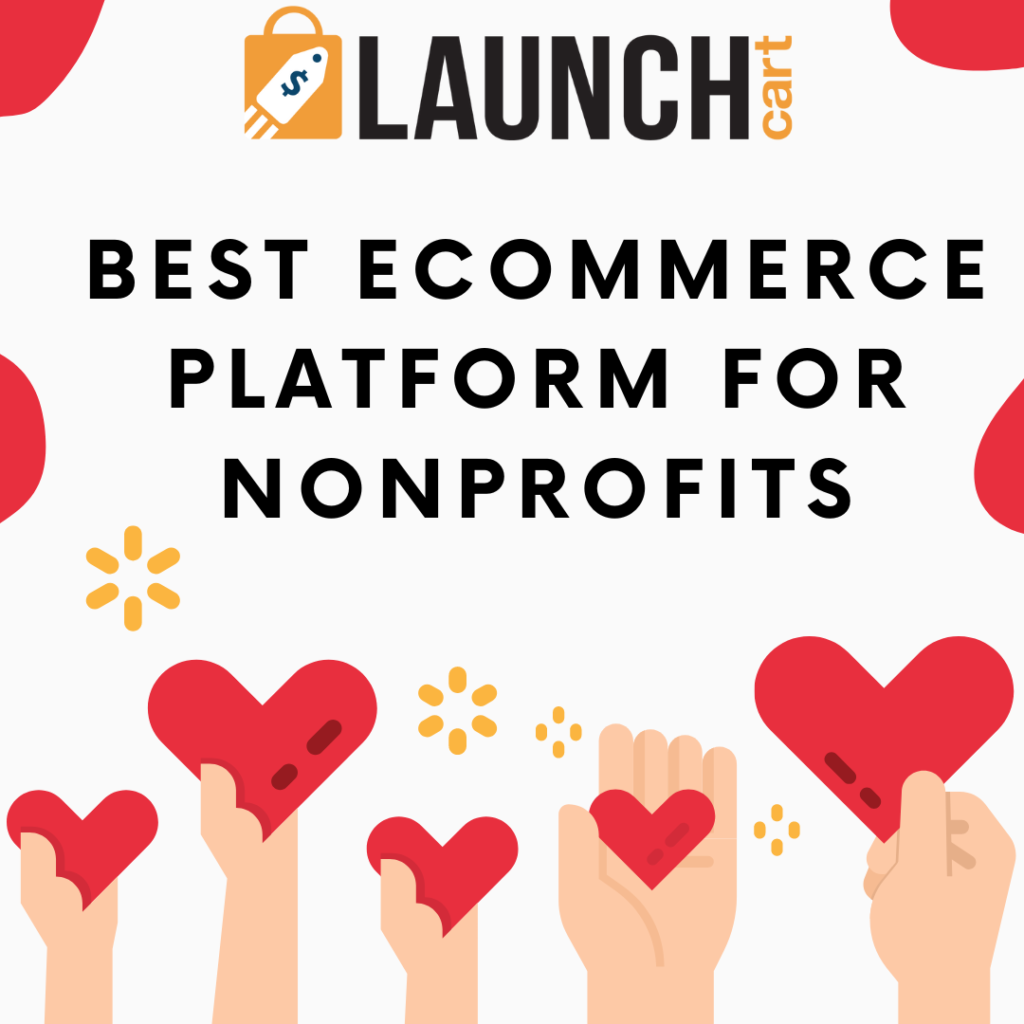Getting started with email marketing for your print on demand store in 5 steps
Email is considered a reliable marketing tool for ecommerce and for good reason. It can be used to form effective strategies for promoting, educating, and building a long term relationship with your customers that will keep them coming back to your online store. Successful print-on-demand businesses use the power of email to build customer loyalty and grow their business. Sending well timed personalized and relevant email messages can help you generate web traffic that results in increased sales. If you haven’t already it’s time to tap into this powerful marketing medium for your print-on-demand business. Read on for tips on how to begin.
Step 1 Choose an email service
If you were to manually send emails to all the customers on your email list, you’d be sitting at your desk all day. Surely you have other things to take care of in your business. An email service provider (ESP) or email marketing automation platform can make your job so much easier. It can provide a number of great email marketing tools for your email campaigns. It gives you the ability to create targeted campaigns, build and organize your email list, segment your audience, send automated messages at the right time, and monitor the performance of your email campaign.
A good email service provider should be able to integrate with your other marketing tools so you can get the most out of your marketing efforts. Spend some time on researching your options, consider the features along with the cost and choose the one that best fits your needs. You can switch providers afterwards but it pays off to do your research in the beginning to save time later. Popular options include MailChimp, Klaviyo, Moosend, Constant Contact, Conversio, and ActiveCampaign.
Step 2 – Build and grow your email list
Once you’ve decided on an email service provider it’s time to start building your email list. As email marketing is permission based marketing, you need your customers’ consent to send your promotional and other emails. Following are some ways to start gathering your visitors’ emails.
- Sales and customer accounts
Giving your customers the option to create a customer account not only improves their shopping experience by prefilling their information every time they shop it also gives you the opportunity to collect their emails and ask permission to follow up with them.
- Make use of popups and popovers
Popovers and popups help convert your web traffic into subscribers. You can experiment with your popups to find the best style. It’s a good idea to trigger the popups based on visitor actions, like staying on the page for 10 seconds, scrolling down half the page, or use exit-intent popovers. There are a variety of popup styles including banners and spin-to-win wheels that offer discounts or free products on signing up.
- Offer sign up incentive
No one wants a cluttered inbox. Providing an incentive to your visitors to sign up makes it easier for them to share their emails. It’s only fair, you’re offering something of value in return for the privilege of emailing them. You can choose to offer discounts, coupon codes, or free shipping.
- Use opt-in forms
Another way to get emails is to use a strategically placed opt-in form on your store website. Unlike popups opt-in forms are built right into your website, so make sure adding one doesn’t impact your site’s design. You can put it on your header, footer, or even your about us page and see what works best.
- Host an online contest
You can host a contest to create hype and interest in your brand while also growing your email list. It can be a giveaway contest with your merchandise as a prize. Gleam.io lets you create contests where participants can join from different platforms but will be required to share an email address.
- Create a subscribable blog
You can create quality content through blogs and allow visitors to subscribe. You can use the blog to write about your products, special features, and even invite guest content. This is the place to be creative and generate interest in your brand.
- Collect emails offline
Finally use any offline opportunities to ask for emails. If you host any offline events or have a stall at a local fair use an email signup sheet to collect emails. You can also place cards with each order with an incentive to customers to shop again and share their emails.
Step 3 Segment your audience
Email list segmentation means categorizing your audience into smaller groups based on certain criteria in order to send relevant email messages to each group. Instead of sending every email to every subscriber, when you segment your list, you can achieve better results by sending targeted email messages to different customer segments. It helps to increase email open rates and click-through rates while decreasing the likelihood of your audience unsubscribing. It makes nurturing your leads so much easier with highly specific targeted messaging. You can categorize your list in a number of ways for example by preferences, interests, new subscribers, location, active subscribers v., inactive, abandoned cart shoppers etc. You can then send the right messages at the right time.
Step 4 Offer quality content
Your email marketing campaign should set customers’ expectations in the beginning and follow up with great content. Make sure to be consistent. If you promise to follow up twice a week be sure to send two emails a week, no more no less. Your introductory email should set the tone for your future interaction with the subscriber. Automate your welcome email to send right away and introduce your brand and what the customer can expect from you.
Use your email campaign to gradually nurture your leads. Not every email has to promote something. Use it as an opportunity to connect with your audience and build trust so that when you introduce an offer they’re paying attention. Also give them an easy way to unsubscribe at any time.
Step 5 Follow the legal requirements
When you’re new to email marketing it’s important to familiarize yourself with all legal requirements before you embark on your email campaigns. You don’t want to unintentionally break the law and face not only the loss of potential customers but also face heavy fines. Be sure to get familiar with laws like CAN-SPAM, GDPR, and CASL.
Email marketing can prove to be highly rewarding for your print-on-demand business. Spending time on perfecting your email strategy will pay off. Send reminders, send seasonal offers, be creative with content, and pay attention to your customers’ needs to build a great relationship with your audience while growing your merchandise business.








